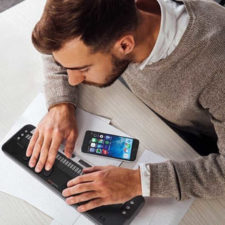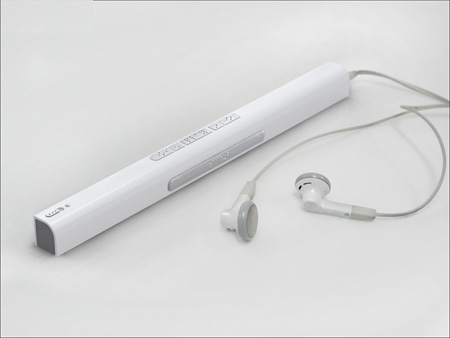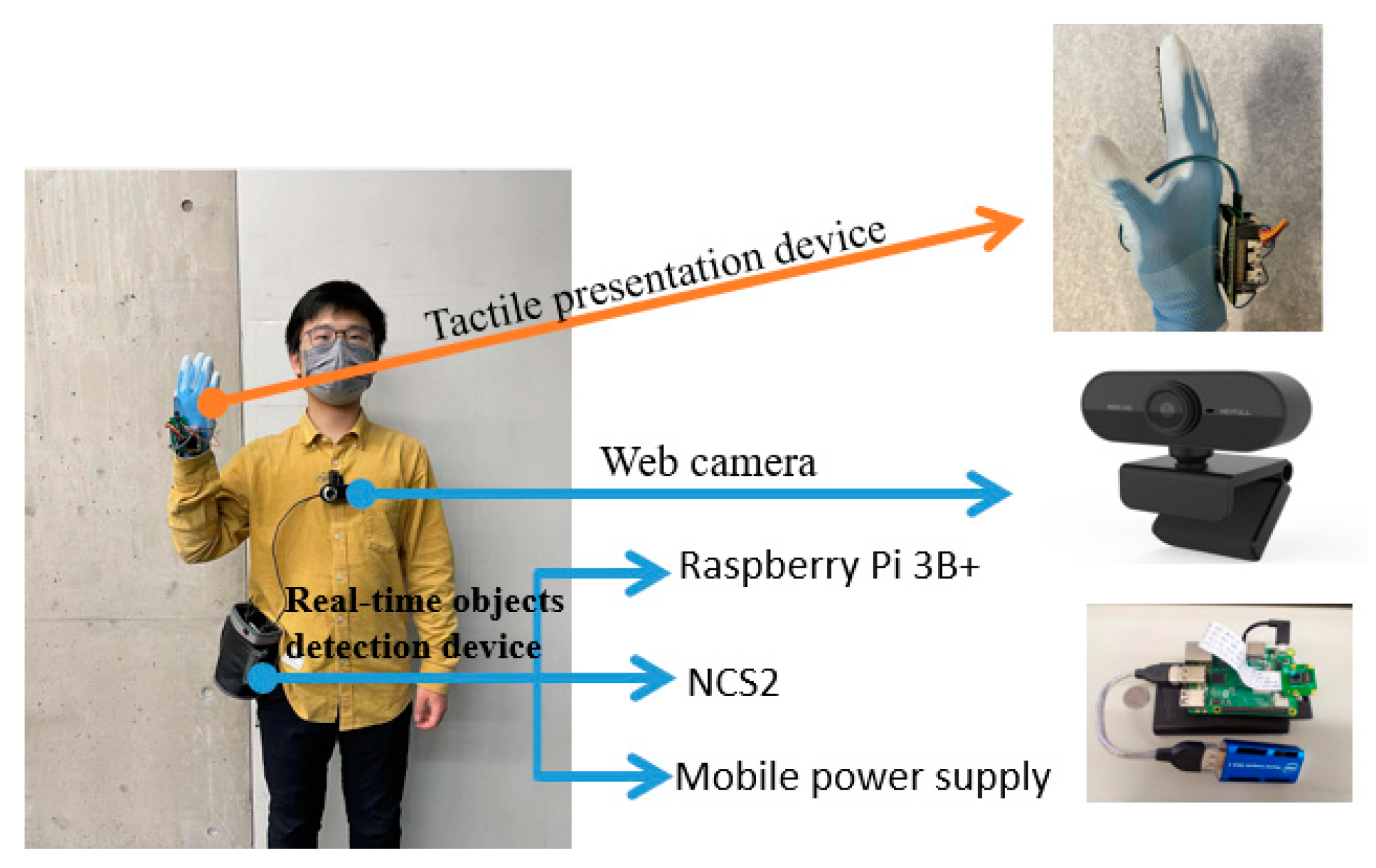Speech-to-Text Devices for Low Vision: Enhancing Ease of Use
Wiki Article
Empowering Independence With Assistive Technology for the Blind
The combination of assistive innovation into the lives of individuals with aesthetic impairments stands for a substantial development in advertising self-reliance and self-sufficiency. From cutting-edge screen readers to sophisticated wise canes, these devices not just improve everyday navigating and communication yet additionally equip individuals to engage meaningfully in numerous aspects of life. As we check out the myriad advantages and real-world applications of these modern technologies, it becomes important to take a look at the underlying aspects that add to their efficiency and the potential for future developments in this important area.Summary of Assistive Innovation

The development of assistive innovation is based in concepts of inclusivity and empowerment. Technologies in software, equipment, and sensory improvements offer individuals with alternatives tailored to their particular needs. From screen viewers that transform message to speech, to tactile tools that share info with touch, these devices change the method people involve with their surroundings.
Along with functional applications, assistive modern technology fosters higher social incorporation and engagement in various fields, consisting of education and learning and employment (OCR devices for the blind). As research and development proceed to advance, the capacity for assistive technology to further enhance the lives of aesthetically damaged individuals remains promising, leading the way for a more equitable culture where every person can flourish
Kinds of Assistive Tools
A range of assistive tools have actually arised to sustain people with aesthetic impairments, each developed to fulfill specific needs and enhance daily functioning. These devices range from low-tech solutions to modern innovations, offering diverse choices for users.Low-tech tools include magnifiers and large-print materials that help in analysis and writing. Braille devices, such as Braille styluses and slates, enable responsive analysis and communication. Alignment and flexibility aids, like white walking sticks, help customers browse their environment safely.
On the higher end of the range, electronic magnification systems and display visitors provide substantial assistance. Digital magnifiers allow customers to expand message and photos on screens, while display viewers convert electronic content into manufactured speech, promoting accessibility to info on computer systems and smart devices.
Smartphone applications likewise play a vital role, offering attributes like text recognition and navigating support. Wearable technology, such as clever glasses equipped with augmented fact, is emerging as an encouraging device to boost situational recognition.
Benefits of Assistive Innovation
The integration of assistive modern technology considerably boosts the high quality of life for people with visual disabilities. These technologies encourage customers by promoting independence, enabling them to browse their environments much more properly and carry out daily tasks with higher convenience. Display visitors and zoom software permit individuals to accessibility electronic information, promoting specialist and academic opportunities that might have previously been out of reach.Moreover, assistive gadgets such as clever walking sticks and general practitioners applications provide real-time navigating help, improving flexibility and safety. This enhanced autonomy not just improves self-confidence yet also urges social interaction, allowing users to participate even more completely in their areas.
Assistive technology additionally facilitates interaction, assisting users get in touch with others with voice acknowledgment and text-to-speech applications. This capability is important for preserving partnerships and accessing essential information.
Additionally, the modification options offered with numerous assistive modern technologies guarantee that customers can tailor devices to their particular requirements, better boosting use and effectiveness. Generally, the advantages of assistive modern technology for individuals with visual problems are extensive, promoting a Bonuses more inclusive culture where everybody can seek their goals and ambitions.
Study and Success Stories
Highlighting the transformative impact of assistive websites innovation, various study highlight just how people with aesthetic disabilities have successfully integrated these tools right into their day-to-days live. One compelling instance includes a college pupil who made use of screen analysis software application to browse academic products and online resources efficiently. This technology not just facilitated her education and learning but likewise enhanced her self-confidence in taking part in conversations and group tasks.Another study features a specialist that utilizes a smart device application developed for navigation and things acknowledgment. By utilizing this application, he has actually reclaimed autonomy in both his individual and workplace, permitting him to commute independently and engage with coworkers better.
Additionally, a retiree shared her experience with braille e-readers, which allowed her to access a substantial array of literature and stay attached with her community with book clubs.
These success tales underscore the vital function of assistive innovation in cultivating freedom, boosting quality of life, and advertising social assimilation for individuals view publisher site with visual impairments (Smart glasses for the visually impaired). By embracing these ingenious devices, individuals can get rid of challenges and take opportunities that contribute to their personal and specialist satisfaction

Future Patterns in Assistive Modern Technology
Development in assistive modern technology is poised to redefine the landscape of support for people with aesthetic problems. Emerging fads emphasize the assimilation of artificial knowledge (AI) and equipment understanding, which improve the performance of devices that help with navigation and details access. For instance, AI-driven applications are currently with the ability of analyzing aesthetic data in real-time, making it possible for customers to engage with their setting much more independently.Furthermore, the development of wearable innovation is progressing quickly. Smart glasses equipped with augmented fact (AR) can offer audio descriptions of environments, transforming how customers interact with public areas. These gadgets not only advertise autonomy however likewise foster social inclusion.
Additionally, the Net of Things (IoT) is making homes smarter, enabling seamless connection between assistive gadgets and everyday appliances. This connection empowers customers by enabling voice-activated controls and automatic actions tailored to individual demands.
Conclusion
Finally, assistive innovation plays a crucial role in equipping people with visual disabilities by improving their independence and involvement with their surroundings. The varied range of tools and applications readily available not just promotes navigating and communication however also advertises social combination and chances for individual and expert development. As developments proceed in this area, the potential for boosting the lifestyle for those with aesthetic disabilities will certainly expand, cultivating higher freedom and empowerment.
Report this wiki page